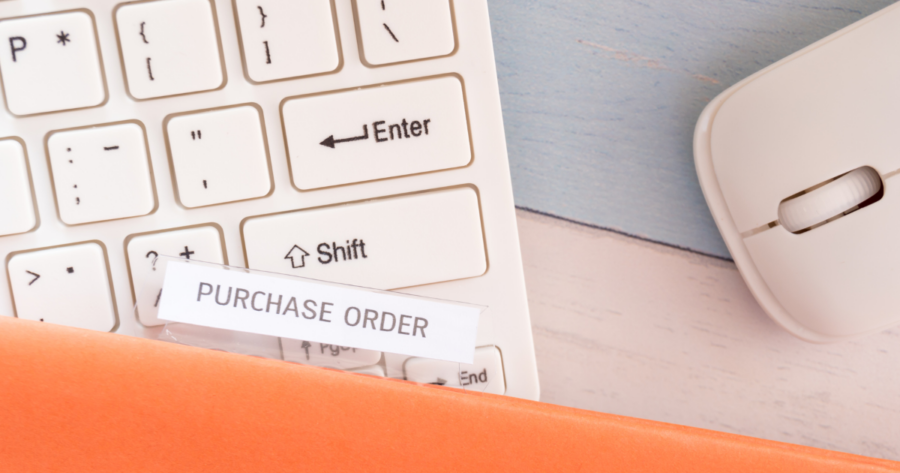It’s no secret that running a small business comes with its fair share of challenges, with managing finances being a top concern. Many business owners end up managing their own finances out of necessity, with no formal training, which can be incredibly stress inducing.
As your business grows, it will make more and more sense to bring in purchase orders (POs) so you can manage accounts payable (without it becoming a massive headache!). We’ve created a PO guide covering all the basics for those of you who are flirting with bringing in POs but might need a helping hand.
Back to Basics: What is a Purchase Order?
A purchase order is a legally binding document issued by a buyer to a seller, detailing a purchase transaction. It basically acts as a formal request for whatever you’re buying, and specifies quantity, price, delivery date, etc. Purchase orders are usually associated with larger corps, but they’re equally valuable for SMEs in ensuring smooth AP cycles and upholding great supplier relationships.
Why Should I Use Purchase Orders?
- Clear Communication: POs are the easiest way to keep concise records of all goods requested, and by having everything in writing you can avoid having any misunderstandings with your suppliers.
- Control Spend: By issuing a PO you can establish a budget for every purchase, and have an idea of what you’re spending before you spend it.
- Legal Protection: Purchase orders are legally binding, protecting both you and your suppliers in case of unexpected disputes.
- Inventory Management: When you know exactly what you’re ordering and when it’ll arrive, you can precisely track incoming goods and keep on top of your stock.
How Do I Create a Purchase Order?
- Identify Your Needs: Work out which products or services you need (including how many of each item and when you’ll need them by).
- Select Vendors: Spend some time finding reliable suppliers, not only who is cheapest but who has a great reputation.
- Draft the PO: Don’t worry, you don’t have to start from scratch! We’ve got a PO template for you at the end of this article, just remember to include all the essential info.
- Review the PO: Double (and triple) check the purchase order is perfect. Then you can seek any approvals needed before sending it to the supplier.
- Click Send: It’s ready to go! Send the PO in an email to your supplier, and request acknowledgement that they’ve received it.
How Do I Manage POs?
We recommend organisations use dedicated purchase order software where you can raise POs and keep track of them all in one place.
It’s also really important to match the POs to the supplier invoices you receive, so you can double check that you’re getting what you asked for and are paying the right amount. Again, good AP software will automatically match POs to the corresponding invoice so that you know you’ve got that covered.
It’s a lot of information to take in, but keep this guide handy while you’re implementing purchase orders, and you’ll be a fully-fledged master in no time! While it may seem daunting now, getting a handle on POs before your purchasing becomes unmanageable is invaluable and such a great skill. We have faith in you!
If you have any more concerns feel free to get in touch with one of our experts, and don’t forget your purchase order template!

